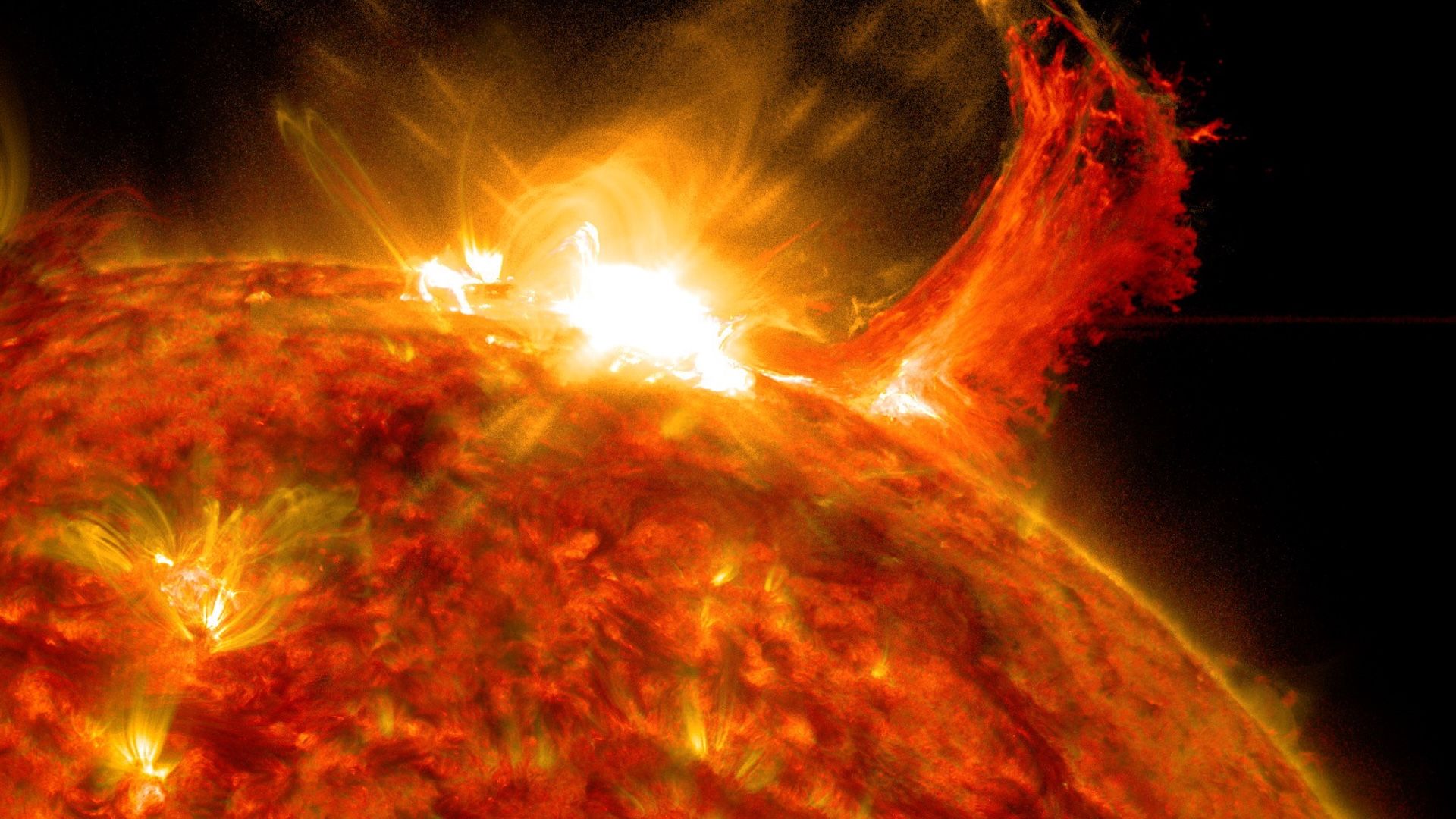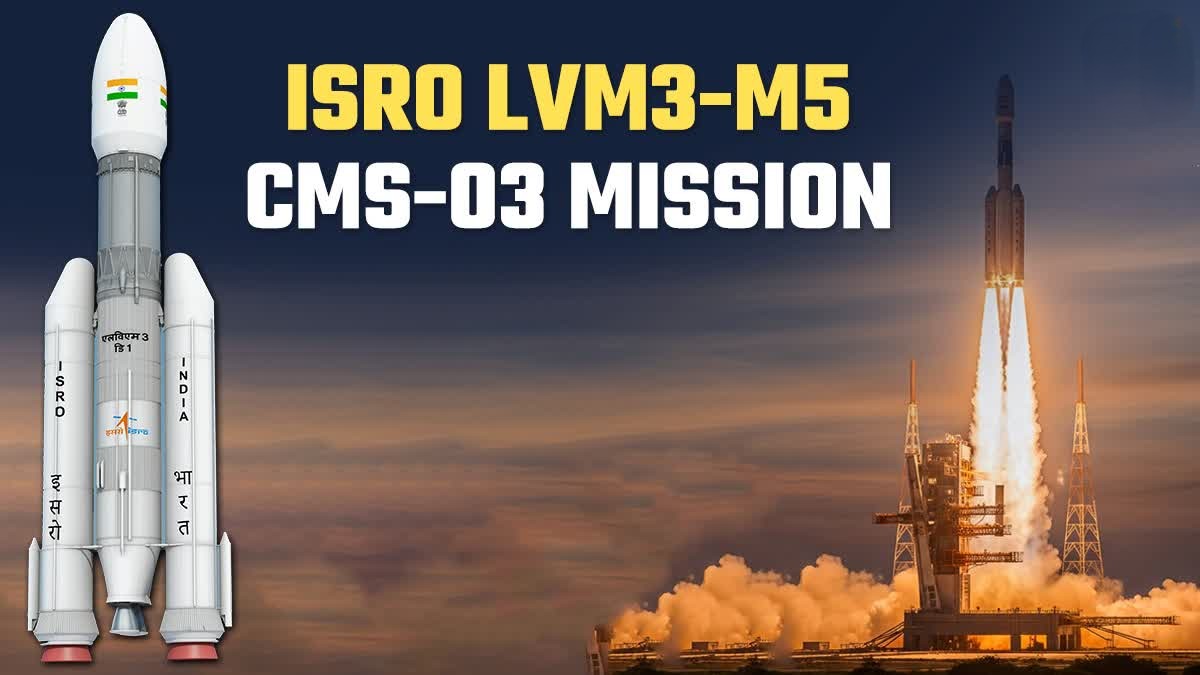The celestial tapestry has once again unraveled a thread of pure astonishment, leaving stargazers and scientists alike in a state of rapturous inquiry. From the deep, silent vaults beyond our Sun, the interstellar wanderer known as 3I/ATLAS has performed a ghostly metamorphosis, erupting in a brilliance that has set the astronomical community ablaze. This phantom flare—a sudden, violent surge of light—has torn open a new window into the secret lives of these cosmic wayfarers, beckoning us to decipher their hidden architecture and alien dust.
A mere footnote upon its detection in 2020, this nomad, cataloged prosaically as C/2020 M3, was but the third confirmed visitor from the star-strewn gulfs outside our own, walking the path forged by the enigmatic shard 1I/‘Oumuamua and the more familiar icy specter 2I/Borisov. Yet now, 3I/ATLAS has shed its anonymity, inscribing a chapter of glorious and sudden pyrotechnics into the annals of the void, a story written in light and shadow for us to decode.
1. Discovery of Comet 3I/ATLAS
Comet 3I/ATLAS was first detected by the Asteroid Terrestrial-impact Last Alert System (ATLAS) — a robotic sky survey designed to identify potential threats from near-Earth objects. Initially, astronomers classified it as a long-period comet, but subsequent trajectory analysis revealed an unmistakable clue: its hyperbolic orbit.
This trajectory indicated that 3I/ATLAS was not bound to the Sun, meaning it originated from beyond our solar system — making it an interstellar traveler. Its velocity and orbital eccentricity confirmed that it entered the solar system from deep interstellar space, offering scientists a rare opportunity to study material that formed around another star.
2. The Unexpected Brightening
In a recent observational campaign conducted using high-resolution telescopes and space-based instruments, astronomers noticed something extraordinary — 3I/ATLAS had brightened far beyond predicted levels. Typically, comets increase in brightness as they approach the Sun, due to sublimation of ices and dust release. However, this surge in luminosity was too sudden and too intense to be explained by normal solar heating.
The brightening event, described as “unprecedented in scale”, saw the comet increase in brightness by more than 250% within a matter of days. The data, collected from multiple observatories, indicated that this was not a typical outgassing event but rather a massive fragmentation or internal explosion.
3. Possible Causes Behind the Brightening
The exact cause of the comet’s sudden outburst remains under active investigation, but researchers have proposed several hypotheses:
- Thermal Stress and Cracking: As the comet neared the inner solar system, rapid temperature variations might have induced stress within its icy nucleus, leading to cracking and release of trapped gases.
- Volatile Release: Interstellar comets may contain exotic ices — such as molecular hydrogen or carbon monoxide — which can rapidly sublimate when exposed to sunlight, triggering a violent outburst.
- Internal Explosion: Some scientists believe the brightening might result from a buildup of internal pressure within sealed cavities, leading to a miniature explosion that expelled large quantities of dust and gas.
- Fragmentation Event: Observations suggest that the nucleus of 3I/ATLAS might have partially broken apart, releasing reflective dust and debris that enhanced its brightness dramatically.
These theories, while still under scrutiny, highlight how little we truly understand about the internal mechanics of interstellar bodies.
4. Comparison with Other Interstellar Visitors
The comparison between 3I/ATLAS and its predecessors offers valuable context for astronomers.
- 1I/‘Oumuamua (2017): The first interstellar visitor was an elongated, tumbling object that showed no visible cometary activity but exhibited a mysterious acceleration — possibly due to outgassing or solar radiation pressure.
- 2I/Borisov (2019): The second interstellar object behaved much like a typical comet, with a stable coma and predictable outgassing patterns.
- 3I/ATLAS (2020–2025): The third and brightest interstellar object displayed unexpectedly violent brightening and potential fragmentation, making it the most dynamic interstellar body observed so far.
This suggests that interstellar comets vary widely in structure, composition, and stability, reflecting the diversity of planetary systems across the galaxy.
5. The Scientific Significance of the Event
The sudden brightening of Comet 3I/ATLAS provides a unique natural laboratory for studying the physical and chemical processes that occur in pristine interstellar material. Since such comets are thought to originate from the outskirts of distant star systems, they carry chemical fingerprints of alien solar environments.
Key scientific implications include:
- Understanding Interstellar Chemistry: The gases released during the outburst can reveal the composition of ices formed around other stars, offering clues about the prevalence of organic molecules in the galaxy.
- Cometary Structural Analysis: Fragmentation patterns help scientists infer internal density, porosity, and mechanical strength.
- Planetary System Evolution: Studying interstellar comets sheds light on how debris is ejected during the formation of planets and how such material travels across stellar systems.
6. Observational Campaigns and Data Collection
Following the detection of the brightening, a coordinated international effort was launched. Major observatories, including the European Southern Observatory (ESO), Pan-STARRS, and NASA’s Hubble Space Telescope, were directed to monitor 3I/ATLAS across multiple wavelengths.
Infrared observations detected a surge in volatile compounds, particularly carbon monoxide (CO) and carbon dioxide (CO₂), while optical and ultraviolet instruments captured the evolving dust tail and coma. High-resolution spectroscopy confirmed a rich chemical diversity — a cocktail of water ice, ammonia, methane, and trace organic molecules.
Notably, radar observations suggested fragmentation into multiple smaller components, confirming that the brightening was likely due to nucleus breakup rather than mere surface activity.
7. Implications for Future Space Missions
The strange saga of 3I/ATLAS—an interstellar wanderer that flared brightly as it departed our solar system—has electrified the astronomy community. It’s a cosmic reminder that visitors from other stars are passing through our neighborhood, and we are barely set up to greet them. This has poured fresh fuel on ambitious plans to actually chase one down.
Initiatives like the ESA’s Comet Interceptor aren’t just about studying local comets; they’re training for the ultimate celestial road trip. The vision is to have a “parked” spacecraft, poised and ready to ignite its engines at a moment’s notice, rerouting to meet the next interstellar guest. The sudden flare of 3I/ATLAS drives home a critical lesson: the window to study these objects is heartbreakingly short. To truly know them, we need to be faster, smarter, and waiting in the wings, ready to launch a reconnaissance mission before they vanish back into the deep black.
8. Lessons About the Cosmic Neighborhood
The discovery and observation of 3I/ATLAS underscore the fact that our solar system is not an isolated domain but part of a dynamic galactic ecosystem. Objects like 3I/ATLAS are cosmic messengers — fragments of distant worlds flung into interstellar space through gravitational interactions or planetary collisions.
Their entry into our solar system serves as a reminder that planetary systems across the Milky Way are interconnected by the silent flow of cosmic debris. Each interstellar visitor carries a record of its parent system’s history, chemistry, and dynamics.
9. The Role of Amateur Astronomers
Interestingly, some of the earliest detections of the comet’s brightening were reported by amateur astronomers equipped with advanced backyard telescopes. Their contributions were crucial in alerting professional observatories to the event. This underscores the growing synergy between professional and amateur communities in modern astronomy.
With the rise of accessible imaging technology and online collaboration platforms, amateur observers now play an increasingly vital role in tracking fast-changing celestial phenomena.
10. The Broader Cosmic Perspective
Beyond the charts and equations, the ghostly passage of 3I/ATLAS offers a silent provocation. These interstellar wanderers are more than frozen rock and gas; they are celestial ephemera, whispered archives from a star we will never know. Each one is a single stitch in the vast, unfinished tapestry of the galaxy, and in its fleeting glow, we see a map of our own cosmic orphanhood.
The sudden, brilliant fever of 3I/ATLAS was more than an anomaly—it was a flash of cosmic theatre. It is a stark reminder that the void is not still, but a seething canvas of creation and dissolution. From the silent, wombs of molecular clouds to the violent, beautiful choreography of new worlds, the universe is a great, breathing alchemist. It forever works its grand, indifferent magic in the languages of fire, shadow, and flight.
11. Future Research and Observations
The interstellar visitor 3I/ATLAS is on its way out, but the investigation is just heating up. Scientists are using powerful space telescopes to see if the comet’s breakup has left behind any stubborn fragments and to track how its chemistry changes in the deep freeze. By running complex simulations, they’re decoding how solar heat dismantles an alien comet—essential intel for the next interstellar object that drops in.










